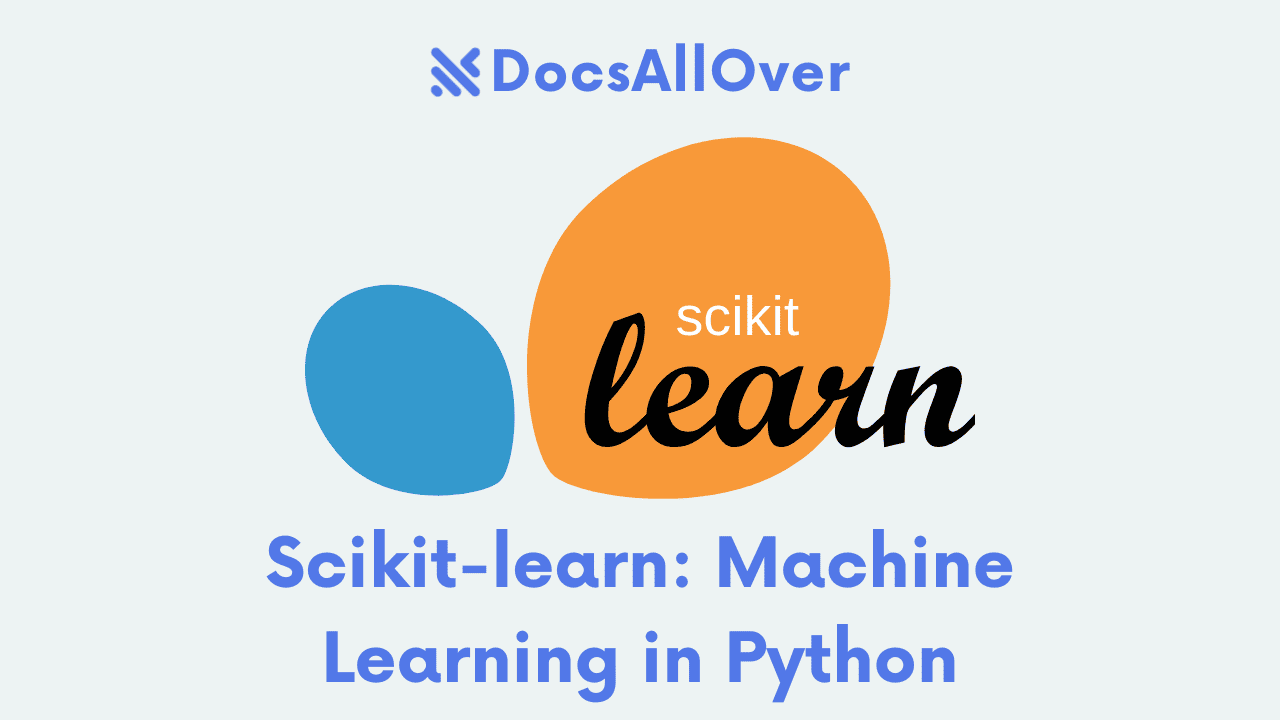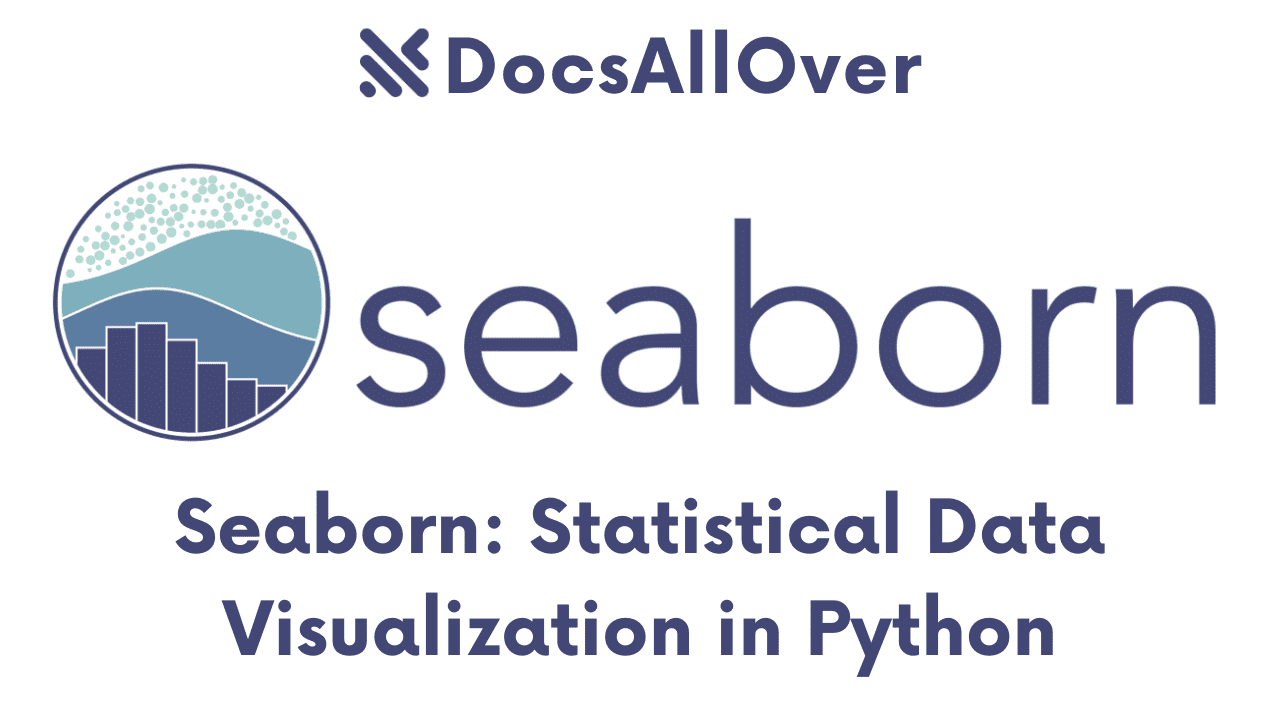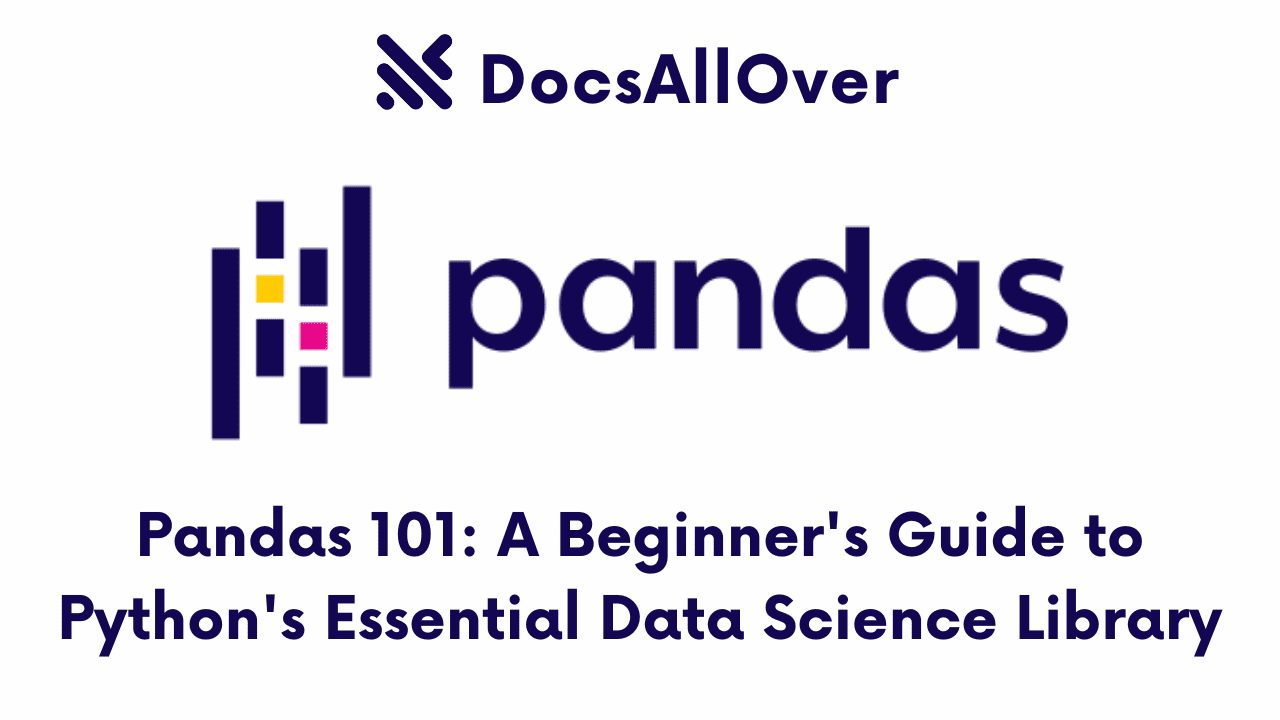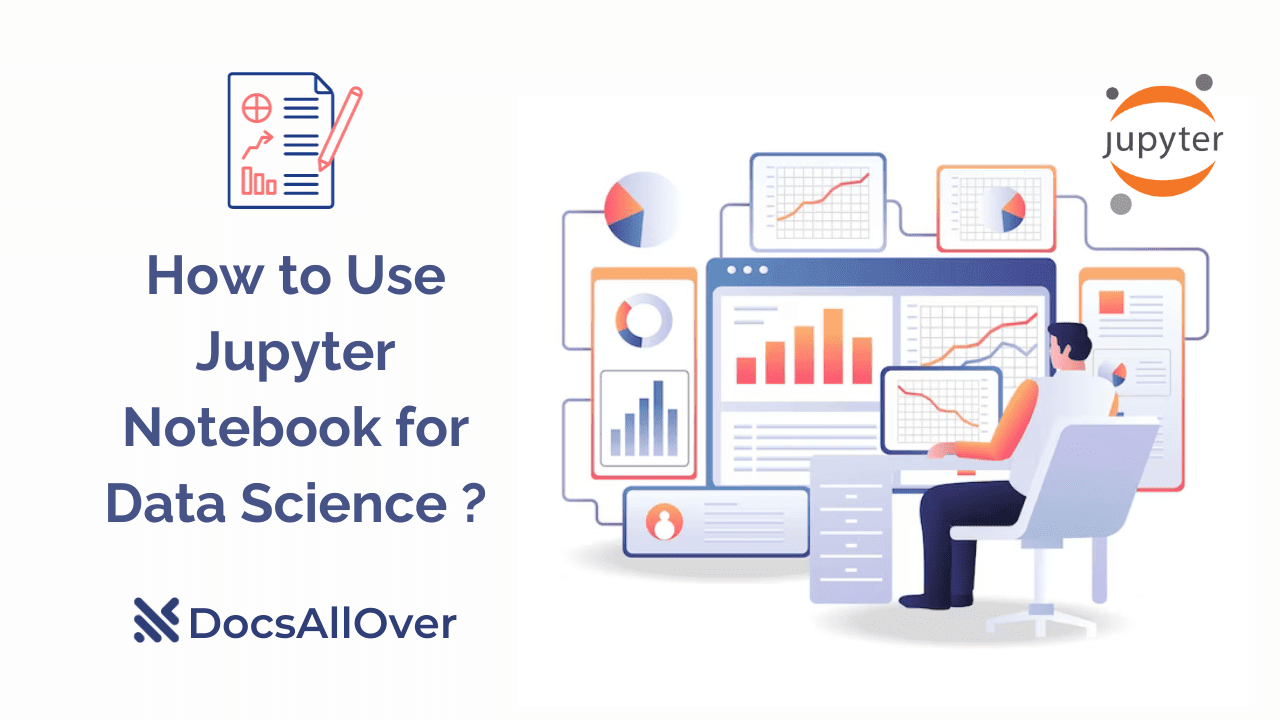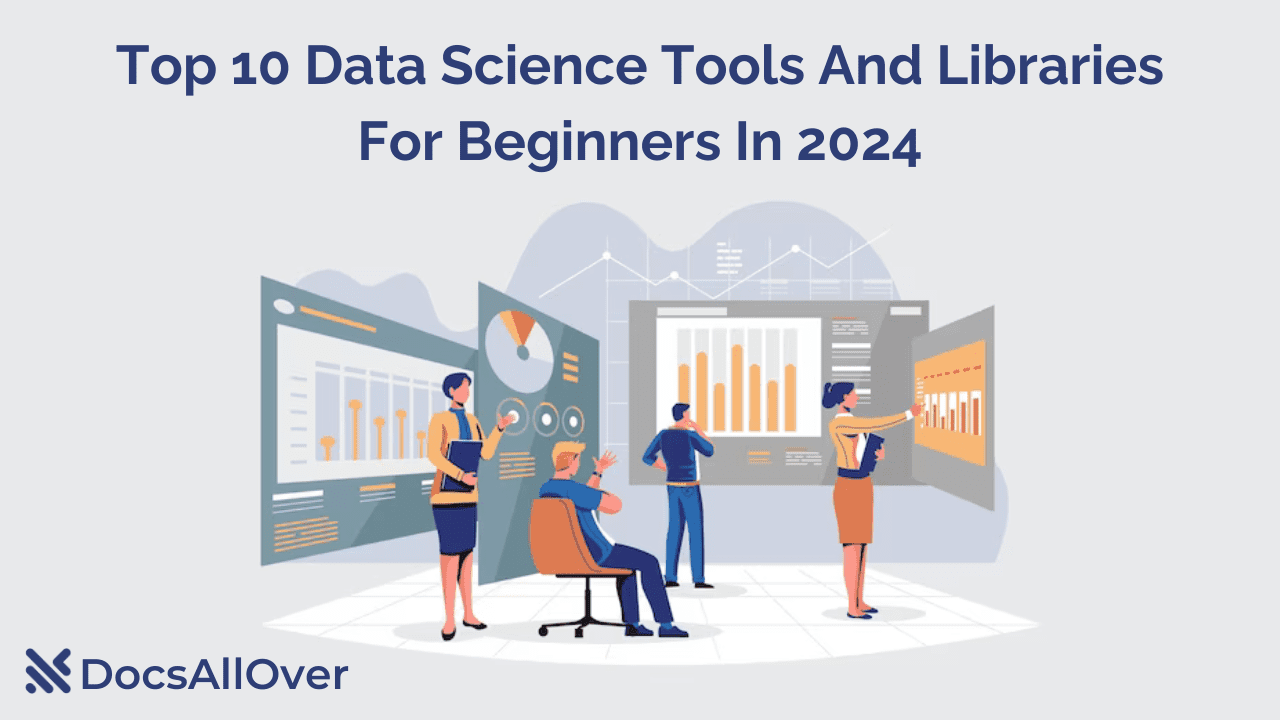Python vs R: Which Language is Better for Data Science?
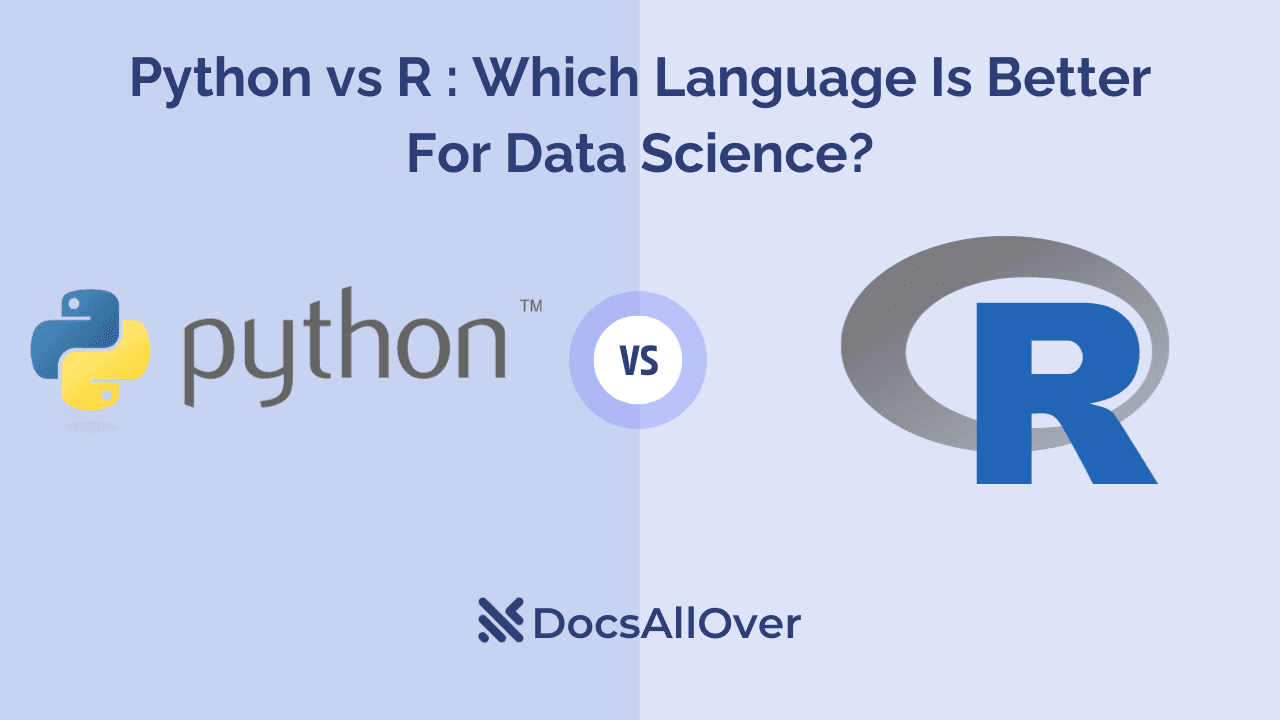
Python vs R: A Comprehensive Comparison
Python and R are two of the most popular programming languages for data science. Both languages have their own strengths and weaknesses, and the best choice for you will depend on your specific needs and goals.
Python programming
Python is a general-purpose programming language that is known for its readability, simplicity, and versatility. It is used in a wide range of applications, including web development, software development, machine learning, and data science.
Python is a good choice for data science because it has a large and active community, which means that there are many resources available to help you learn the language and solve problems. Python also has a rich ecosystem of libraries and packages for data science, such as NumPy, Pandas, and Scikit-learn.
R programming
R is a statistical programming language that is specifically designed for data analysis and visualization. It is known for its powerful statistical tools and its ability to create high-quality graphics.
R is a good choice for data science because it has a wide range of statistical functions and methods. R is also well-suited for data visualization, as it includes the popular ggplot2 library.
Side-by-Side comparison of Python and R for data science
Here is a side-by-side comparison of Python and R for data science:
| Feature | Python | R |
|---|---|---|
| Purpose | General-purpose programming language | Statistical programming language |
| Versatility | Can be used for a wide range of tasks | Primarily used for data science and statistics |
| Community | Large and active community | Large and active community |
| Libraries and packages | Rich ecosystem of libraries and packages for data science | Wide range of statistical functions and methods |
| Data visualization | Good data visualization capabilities | Excellent data visualization capabilities |
Use Cases
Python and R can be used for a variety of data science tasks, such as:
- Data cleaning and preparation
- Data exploration and analysis
- Data visualization
- Machine learning
- Natural language processing
However, each language is better suited for certain tasks than others. For example, Python is a good choice for machine learning and natural language processing, while R is a good choice for statistical analysis and data visualization.
Which Language is Better for You?
The best way to decide whether to learn Python or R for data science is to consider your specific needs and goals. If you are looking for a versatile language that can be used for a wide range of tasks, then Python is a good choice. If you are primarily interested in data science and statistics, then R is a good choice.
Here are some additional factors to consider when choosing between Python and R:
- Your programming experience: If you have no prior programming experience, then Python is generally considered to be easier to learn than R
- Your specific data science tasks: Consider the specific data science tasks that you need to perform and choose the language that is better suited for those tasks
- Your career goals: If you are planning to pursue a career in data science, then it is important to learn the language that is more popular in the industry. R is more popular in academia, while Python is more popular in industry
Python and R are both powerful programming languages for data science. The best choice for you will depend on your specific needs and goals. Consider the factors discussed above to make an informed decision.
When to Use Python for Data Science
Python is a general-purpose programming language that is well-suited for a wide range of tasks, including data science. It is known for its versatility, readability, and large community.
Here are some specific tasks and projects where Python is a good choice for data science:
- Data cleaning and preparation: Python has a number of libraries and packages that make it easy to clean and prepare data for analysis. For example, the Pandas library provides a high-performance, easy-to-use data structure for data manipulation and analysis.
- Data exploration and analysis: Python has a number of libraries and packages that make it easy to explore and analyze data. For example, the NumPy library provides a high-performance, efficient implementation of common mathematical operations and functions. The Matplotlib library provides a wide range of plotting and data visualization capabilities.
- Machine learning: Python is one of the most popular languages for machine learning. It has a number of libraries and packages that make it easy to train and deploy machine learning models. For example, the Scikit-learn library provides a wide range of machine learning algorithms and tools.
- Natural language processing: Python is also a good choice for natural language processing (NLP) tasks. It has a number of libraries and packages that make it easy to process and analyze text data. For example, the NLTK library provides a number of tools for NLP tasks such as tokenization, stemming, and lemmatization.
Advantages of Using Python for Data Science
Here are some of the advantages of using Python for data science:
- Versatility: Python can be used for a wide range of tasks, from data cleaning and preparation to machine learning and NLP. This makes it a good choice for data scientists who need to work on a variety of projects.
- Readability: Python code is generally considered to be more readable than code written in other languages such as C++ and Java. This makes it easier for data scientists to write and maintain code.
- Large community: Python has a large and active community. This means that there are many resources available to help data scientists learn the language and solve problems.
- Abundant libraries and packages: Python has a rich ecosystem of libraries and packages for data science. This makes it easy for data scientists to find the tools they need to complete their work.
When to Use Python for Data Science
- If you are new to programming: Python is a good choice for beginners because it is relatively easy to learn.
- If you need to work on a variety of data science projects: Python is a good choice because it is versatile and can be used for a wide range of tasks.
- If you need to collaborate with other data scientists: Python is a good choice because it is popular in the data science community.
- If you need to deploy your data science models to production: Python is a good choice because there are a number of tools and frameworks available for deploying Python models to production.
10 data science tools of Python:
- NumPy: NumPy is a fundamental library for scientific computing with Python. It provides a high-performance multidimensional array and matrix library. NumPy is used in a wide range of data science tasks, such as data cleaning, data analysis, and machine learning.
- Pandas: Pandas is a library for data analysis and manipulation in Python. It provides high-performance, easy-to-use data structures and data analysis tools for working with "relational" or "labeled" data. Pandas is used in a wide range of data science tasks, such as data cleaning, data exploration, and data visualization.
- Matplotlib: Matplotlib is a Python library for data visualization. It provides a wide range of plotting tools for creating charts, graphs, and other data visualizations. Matplotlib is used in a wide range of data science tasks, such as data exploration, data analysis, and data storytelling.
- Scikit-learn: Scikit-learn is a Python library for machine learning. It provides a wide range of machine learning algorithms for supervised learning, unsupervised learning, and reinforcement learning. Scikit-learn is used in a wide range of data science tasks, such as building machine learning models, predicting outcomes, and making decisions.
- Keras: Keras is a Python library for deep learning. It provides a high-level API for building and training deep learning models. Keras is used in a wide range of data science tasks, such as image classification, natural language processing, and machine translation.
- TensorFlow: TensorFlow is a Python library for developing and training machine learning models using artificial neural networks. It is used in a wide range of data science tasks, such as image classification, natural language processing, and machine translation.
- PyTorch: PyTorch is a Python library for developing and training machine learning models using deep learning. It is used in a wide range of data science tasks, such as image classification, natural language processing, and machine translation.
- PySpark: PySpark is a Python library for distributed computing with Apache Spark. It provides a high-level API for building and running Spark applications. PySpark is used in a wide range of data science tasks, such as big data processing, data mining, and machine learning.
- Dask: Dask is a Python library for parallel computing. It provides a high-level API for creating and running parallel workflows. Dask is used in a wide range of data science tasks, such as data processing, data analysis, and machine learning.
- Seaborn: Seaborn is a Python library for statistical data visualization. It provides a high-level API for creating informative and visually appealing statistical graphics. Seaborn is used in a wide range of data science tasks, such as data exploration, data analysis, and data storytelling.
These are just a few of the many data science tools available in Python. The best tools for you will depend on your specific needs and goals.
When to Use R for Data Science
R for Statistical Analysis
R is a powerful statistical programming language, and it is well-suited for a wide range of statistical analysis tasks. R has a wide range of statistical functions and methods, including:
- Descriptive statistics: This includes calculating measures of central tendency (such as mean, median, and mode), measures of variability (such as standard deviation and range), and measures of association (such as correlation and chi-squared).
- Inferential statistics: This includes conducting hypothesis tests and constructing confidence intervals.
- Regression analysis: This includes linear regression, logistic regression, and time series regression.
- Machine learning: R has a number of packages for machine learning, such as caret and glmnet.
Advantages of using R for statistical analysis:
- R is open source and freely available.
- R has a large and active community, which means that there are many resources available to help you learn the language and solve problems.
- R has a wide range of statistical functions and methods.
- R is well-suited for data visualization.
R for Data Visualization
R is known for its excellent data visualization capabilities. R includes the popular ggplot2 library, which makes it easy to create high-quality graphics.
Advantages of using R for data visualization:
- ggplot2 is a powerful and flexible data visualization library.
- ggplot2 produces high-quality graphics.
- ggplot2 is easy to learn and use.
R for Specific Data Science Projects
Here are some specific data science projects that are well-suited for R:
- Building statistical models: R is well-suited for building statistical models, such as linear regression, logistic regression, and time series models.
- Data mining: R has a number of packages for data mining, such as arules and RWeka.
- Text mining: R has a number of packages for text mining, such as tm and textcat.
- Natural language processing: R has a number of packages for natural language processing, such as NLP and wordcloud.
Advantages of using R for specific data science projects:
- R has a wide range of packages for specific data science tasks.
- R is a powerful and flexible language.
- R is well-suited for data visualization.
10 data science tools of R:

Image Source:Medium
- dplyr: dplyr is a grammar of data manipulation that provides a set of functions for selecting, filtering, and transforming data in R. It is one of the most popular and widely used R packages for data science.
- ggplot2: ggplot2 is a grammar of graphics that provides a set of functions for creating high-quality data visualizations in R. It is also one of the most popular and widely used R packages for data science.
- caret: caret is a package for training, evaluating, and tuning machine learning models in R. It provides a unified interface for a wide range of machine learning algorithms, making it easy to compare and evaluate different models.
- glmnet: glmnet is a package for fitting penalized generalized linear models in R. It is particularly well-suited for fitting regularized regression models, such as lasso and ridge regression.
- RWeka: RWeka is a package for interfacing with the Weka machine learning suite in R. This allows R users to access the wide range of machine learning algorithms and tools available in Weka.
- tm: tm is a package for text mining in R. It provides a set of functions for preprocessing, analyzing, and visualizing text data.
- NLP: NLP is a package for natural language processing in R. It provides a set of functions for tokenization, stemming, lemmatization, part-of-speech tagging, and named entity recognition.
- wordcloud: wordcloud is a package for creating word clouds in R. Word clouds are a popular way to visualize the frequency of words in a text corpus.
- rpart: rpart is a package for fitting classification and regression trees in R. Decision trees are a simple but powerful machine learning algorithm that can be used for a variety of tasks, such as classification, regression, and anomaly detection.
- randomForest: randomForest is a package for fitting random forests in R. Random forests are an ensemble learning algorithm that combines multiple decision trees to produce a more accurate and stable prediction model.
These are just a few of the many data science tools available in R. R has a rich ecosystem of packages, so there is sure to be a package that meets your specific needs.
Python vs R for Specific Data Science Tasks
Python vs R for Data Cleaning
Data cleaning is the process of identifying and correcting errors and inconsistencies in data. It is an important step in any data science project, as it ensures that the data is high quality and reliable.
Both Python and R have a variety of tools and libraries for data cleaning. However, Python is generally considered to be better suited for data cleaning tasks, due to its more readable and concise syntax.
Here are some of the advantages of using Python for data cleaning:
- Python has a number of libraries specifically designed for data cleaning, such as Pandas and NumPy.
- Python's syntax is more readable and concise than R's syntax, making it easier to write and debug data cleaning code.
- Python is well-integrated with other popular data science tools and libraries, such as scikit-learn and TensorFlow.
Python vs R for Data Exploration
Data exploration is the process of analyzing data to identify patterns, trends, and relationships. It is an important step in any data science project, as it helps you to understand the data and to identify potential features for machine learning models.
Both Python and R have a variety of tools and libraries for data exploration. However, R is generally considered to be better suited for data exploration tasks, due to its powerful statistical capabilities and its excellent data visualization capabilities.
Here are some of the advantages of using R for data exploration:
- R has a wide range of statistical functions and methods, making it easy to perform complex statistical analyses.
- R has the popular ggplot2 library, which makes it easy to create high-quality data visualizations.
- R is well-integrated with other popular data science tools and libraries, such as dplyr and caret.
Python vs R for Data Visualization
Data visualization is the process of creating visual representations of data. It is an important step in any data science project, as it helps you to communicate your findings to others in a clear and concise way.
Both Python and R have a variety of tools and libraries for data visualization. However, R is generally considered to be better suited for data visualization tasks, due to its powerful ggplot2 library.
Here are some of the advantages of using R for data visualization:
- The ggplot2 library is extremely powerful and flexible, making it easy to create a wide range of data visualizations.
- The ggplot2 library produces high-quality graphics by default, with minimal effort required on the part of the user.
- The ggplot2 library is well-integrated with other popular data science tools and libraries, such as dplyr and caret.
Python vs R for Machine Learning
Machine learning is the process of training computers to learn from data and to make predictions. It is a powerful tool that can be used for a variety of tasks, such as classification, regression, and anomaly detection.
Both Python and R have a variety of tools and libraries for machine learning. However, Python is generally considered to be better suited for machine learning tasks, due to its rich ecosystem of machine learning libraries and its more scalable performance.
Here are some of the advantages of using Python for machine learning:
- Python has a wide range of machine learning libraries, such as scikit-learn, TensorFlow, and PyTorch.
- Python libraries are generally more scalable than R libraries, making them better suited for training and deploying large machine learning models.
- Python is well-integrated with other popular data science tools and libraries, such as NumPy and Pandas.
Python vs R for Natural Language Processing
Natural language processing (NLP) is the process of teaching computers to understand and process human language. It is a rapidly growing field with a wide range of applications, such as text mining, machine translation, and speech recognition.
Both Python and R have a variety of tools and libraries for NLP. However, Python is generally considered to be better suited for NLP tasks, due to its rich ecosystem of NLP libraries and its more scalable performance.
Here are some of the advantages of using Python for NLP:
- Python has a wide range of NLP libraries, such as spaCy, NLTK, and TensorFlow Hub.
- Python libraries are generally more scalable than R libraries, making them better suited for processing large amounts of text data.
- Python is well-integrated with other popular data science tools and libraries, such as NumPy and Pandas.
How to Choose Between Python and R for Data Science
Step 1: Consider your programming experience.
If you have no prior programming experience, then Python is generally considered to be easier to learn than R. Python has a simpler syntax and is more forgiving of errors. R has a steeper learning curve, but it is more powerful and expressive than Python.
Step 2: Consider the specific data science tasks you need to perform.
Python and R are both well-suited for data science, but they have different strengths and weaknesses. Python is a good choice for general-purpose data science tasks, such as data cleaning, data exploration, and data visualization. R is a good choice for statistical analysis and machine learning.
Step 3: Consider your career goals.
If you are planning to pursue a career in data science in industry, then Python is a good choice. Python is the more popular language in industry, and it is used by many large companies, such as Google, Facebook, and Amazon. R is more popular in academia, but it is also used in industry by some companies, such as RStudio and Revolution Analytics.
| Feature | Python | R |
|---|---|---|
| Programming experience | Easier to learn | Steeper learning curve |
| Specific data science tasks | General-purpose data science | Statistical analysis and machine learning |
| Career goals | Popular in industry | Popular in academia and industry |
The Future of Python and R in Data Science
Python and R are both rapidly evolving languages, and the future of both languages in data science is bright.
Python is becoming increasingly popular in data science due to its versatility and ease of use. Python is also being used for more and more data science tasks, such as machine learning and deep learning.
R is also becoming increasingly popular in data science due to its powerful statistical tools and large library of data science packages. R is also well-suited for data visualization and machine learning.
Here are some of the latest trends and developments in Python and R for data science:Python:
- Python is being used more and more for machine learning and deep learning.
- Python is being used to develop new data science tools and libraries.
- Python is becoming more popular in industry.
R:
- R is being used more and more for statistical analysis and data visualization.
- R is being used to develop new data science tools and libraries.
- R is becoming more popular in industry.
Experts predict that Python and R will continue to be the dominant programming languages for data science in the foreseeable future.
